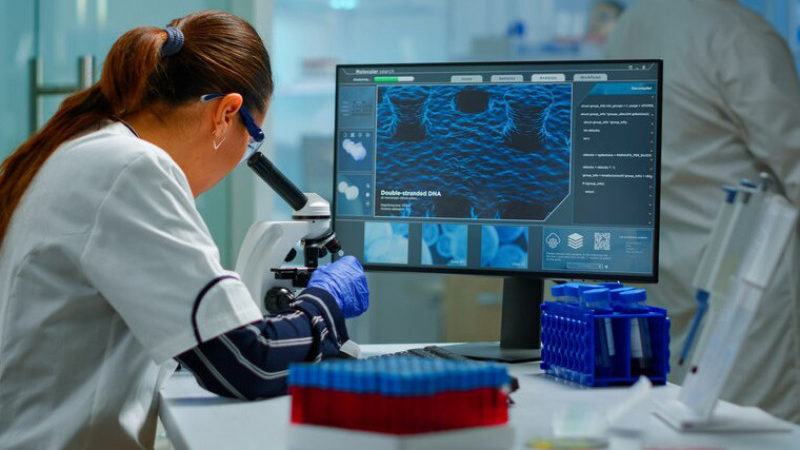#ARCTIC. #SIBERIA. THIS IS TAIMYR. The remains of Yakut mammoths are helping scientists find cures for dangerous infections. Artemy Goncharov, Doctor of Medical Sciences, head of the Microorganisms Functional Genomics and Proteomics Laboratory at the Experimental Medicine Institute, spoke about this in an interview with Fontanka.
During expeditions to the Arctic zone of Yakutia, the microbiologist searches for bacteriophages for their subsequent use in medicine. According to him, local residents actively help in this, extracting mammoths’ tusks and bones.
“Many fishers, having discovered an unusual object, inform paleontologists or museum workers about the find, and then they manage to extract it using traditional paleontological methods and study it without serious damage and influence on the microflora”, said Artemy Goncharov.
According to him, one of the most valuable finds was an ancient animal discovered on Maly Lyahovsky island in 2012. The carcass of an ancient animal, which was pulled out of the frozen ground, was delivered to Yakutsk in a still frozen state, which allowed scientists to study the composition of the mammoth’s stomach. And in the giant’s intestines, enterococci were found – microorganisms that are used in industry to make cheese. Some of their strains take on antibiotic resistance. Scientists are studying the genomes of their ancient ancestors from the Malolyahov mammoth to understand how they evolved, how much this type of microorganism has changed.
Microbiologists hope that the use of bacteriophages as an alternative to antibiotics will help reduce the burden on pharmaceuticals, which has increased due to the coronavirus. Goncharov stressed that such drugs will not replace conventional drugs, but will expand the range of drugs to fight infections.
Follow us on Telegram, VKontakte.
Text: Elena Popova Photo: freepik.com



